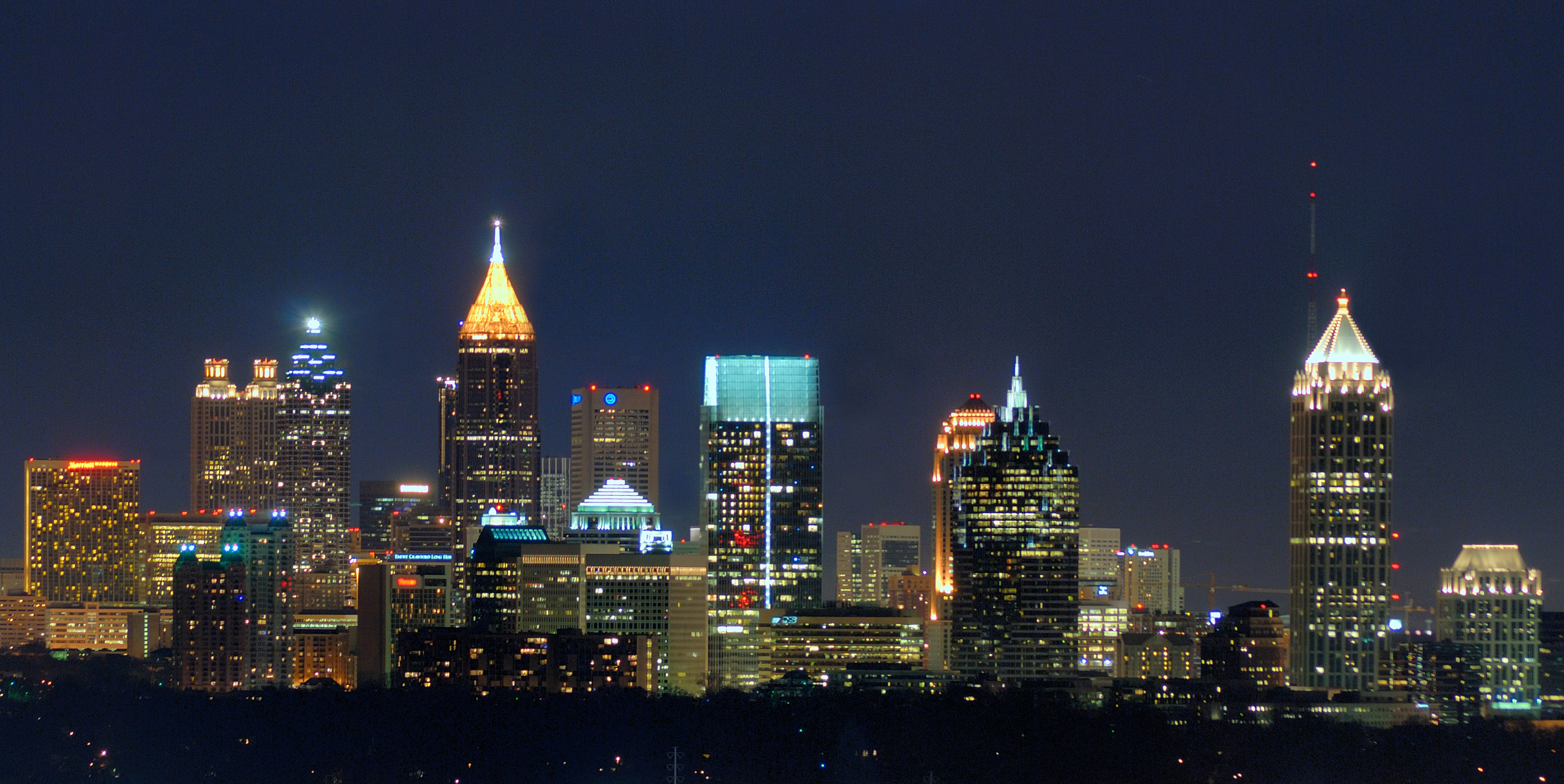Residents in Northern Mecklenburg County are preparing to vote on a planned commuter line from Charlotte to its outermost suburbs to the North. As a Charlottean I am very familiar with the traffic that plagues I-77 and have longed for a solution to congestion and development patterns in that part of the county.
The proposed commuter rail would take on a different form
from the light rail that currently serves the residents in Southern Mecklenburg
County. The red line would be a 25-mile line from Uptown Charlotte to
Mooresville that would be similar to the MARC and VRE trains in Washington,
D.C. in that the line would be shared by Amtrak and Norfolk Southern.
The planned line would also be constructed using value
capture, which is a rarely used financing technique for transportation projects
in North Carolina.
The plan calls for two types of value capture. The first is
a special assessment district, formed by a majority of business owners along
the Red Line who agree to pay an extra property tax to fund construction. The
second form of value capture would be tax-increment financing. I’ve mentioned
the effectiveness of TIF in a previous post – essentially TIF uses earnings from
expected higher property taxes to pay off bonds used to finance construction of a new rail line.
County commissioners, along with the city of Charlotte’s
Planning Department, have also created design guidelines around the stations
that would promote walkability and sustainable development.
While transit enthusiasts are excited about the proposal, local
elected officials are not as thrilled. This may present an issue because the
Iredell County Commissioners and Mecklenburg County Commissioners must agree on
a plan to submit to the state for funding.




